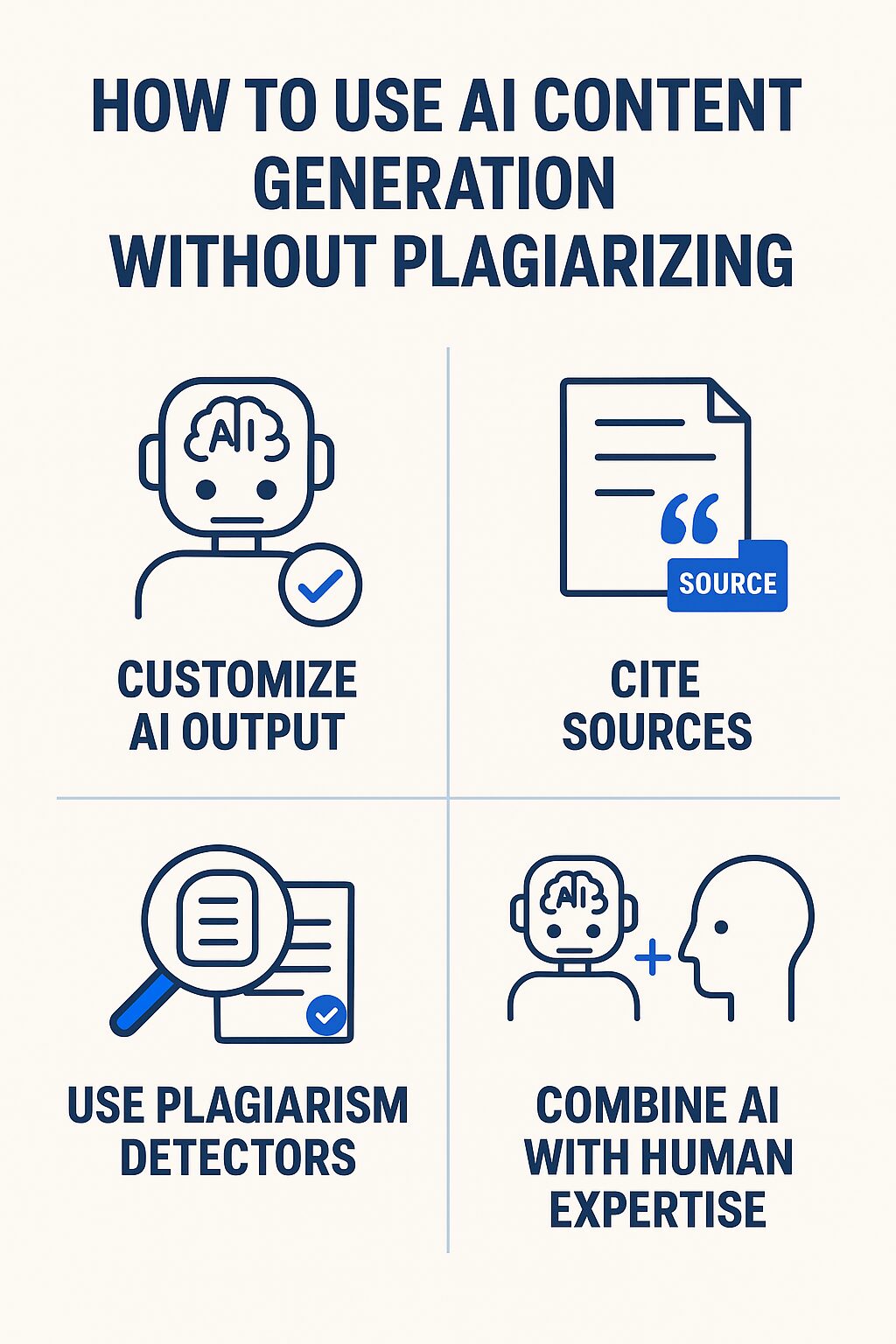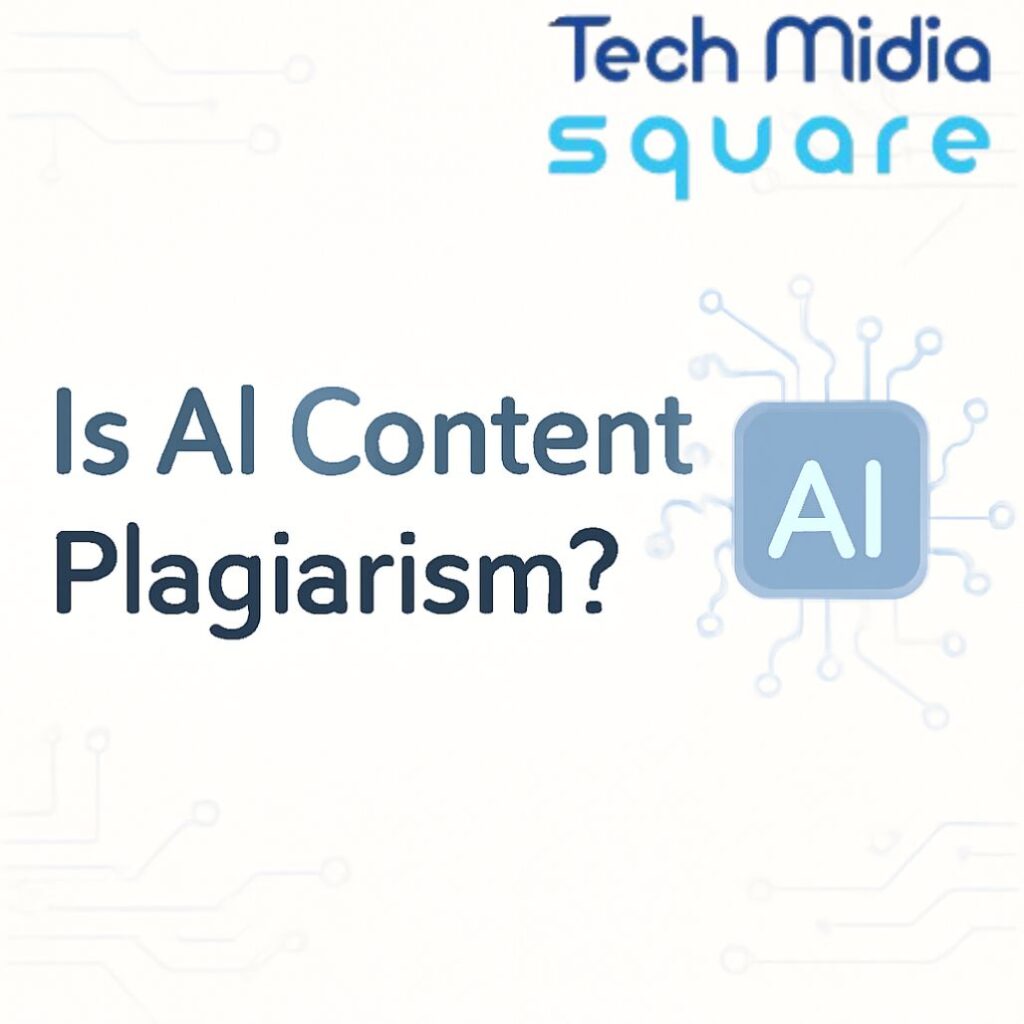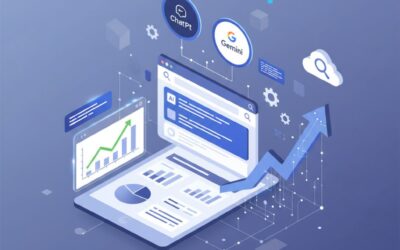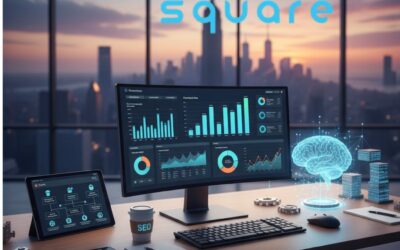AI Content Optimization & Plagiarism
Content Optimization, AI Content Optimization, and Ethical SEO for the USA
AI-generated content is generally not considered plagiarism if it is original, properly cited when necessary, and does not directly copy existing sources. However, improper use or lack of attribution can still result in ethical or legal issues. This comprehensive blog explores the boundaries, risks, and best practices for using AI tools responsibly—especially for content optimization and AI content optimization in the USA.
What is Plagiarism?
Plagiarism is the act of presenting someone else’s work, ideas, or words as your own without proper credit. It includes:
-
Direct copying or paraphrasing without citation.
-
Using another’s ideas or research under your name.
-
Automated copying via AI without clear attribution.
Plagiarism undermines integrity and can result in academic, professional, or legal consequences, especially in the USA where copyright laws are robust and content ownership is strictly enforced.
AI-Generated Content: Originality vs. Copying
How AI Content is Created
AI-generated content is produced by algorithms trained on large datasets. These models, like ChatGPT or Gemini, do not directly copy material but synthesize new text based on patterns learned from millions of sources.
Key Points:
-
AI output is typically unique and not a simple copy.
-
Risk of overlap exists if prompts are too generic or closely follow existing materials.
-
Human review is always required for originality and accurate attribution.
When Can AI-Generated Content Be Considered Plagiarism?
AI content can cross into plagiarism if:
-
It too closely resembles published text from its training data.
-
The AI paraphrases or rearranges sentences without proper attribution.
-
Users present AI-written output as 100% original with no acknowledgment of AI assistance.
Best Practice: Always credit AI tools when they contribute substantially to your content, especially for academic or business uses.
Content Optimization and AI Content Optimization in the USA
Why Use AI for Content Optimization?
In digital marketing and SEO, content optimization means refining content to rank higher on search engines, increase engagement, and drive conversions. AI content optimization is the process of enhancing website material using automated tools for better search visibility, user intent alignment, and technical SEO auditing.
Key Advantages:
-
AI rapidly processes SEO audits, suggesting keywords and optimization strategies in minutes.
-
Data-driven insights for real-time improvement of keyword density and placement.
-
Predictive analytics forecast high-performing topics before publishing.
-
Scalable personalization—AI helps produce targeted content for specific audiences, such as USA-based consumers.
In Practice:
Top US agencies use AI content optimization tools to analyze market trends, identify content gaps, and monitor rankings—all while keeping material original and compliant with Google’s guidelines.
Common Risks in Using AI-Generated Content
-
Unintentional duplication: AI may output sentences or ideas similar to existing sources, triggering plagiarism detectors.
-
Ethical concerns: Passing off AI-generated work as entirely human can mislead readers and violate publishing standards.
-
Legal liability: In the USA, copyright infringement can result if AI-written content replicates protected texts without fair use or citation.
Key Changes and Additions in AI Content Creation (2025)
Recent Trends
-
Stricter attribution requirements in business and academia.
-
Growth in AI detection and plagiarism tools (Turnitin, Copyscape, etc.).
-
Google’s AI algorithm updates prioritize semantic relevance and user intent, reducing benefits from traditional keyword stuffing.
-
Evolving best practices: Combining human editing with AI draft generation for optimal results.
USA-Specific Implications
-
US-based SEO experts report increased scrutiny of AI-written content for originality, especially in e-commerce, legal, and academic sectors.
-
US copyright law enforces stricter penalties for content theft, making transparency with AI use critical.
-
AI optimization tools are now essential for competitive ranking, requiring marketers to regularly audit and cite all automation methods.
How to Use AI Content Generation Without Plagiarizing
-
Customize AI Output: Edit drafts to match your brand’s style and voice.
-
Cite Sources: Attribute AI assistance and any facts or ideas from other works.
-
Use Plagiarism Detectors: Run AI-generated text through dedicated tools before publishing.
-
Combine AI with Human Expertise: Integrate market research, business insights, and personal creativity into each piece.
 FAQ: AI Content Optimization, Plagiarism, and Best Practices (USA)
FAQ: AI Content Optimization, Plagiarism, and Best Practices (USA)
1. Can AI-generated content be detected as plagiarism in the USA?
Yes, modern plagiarism detectors can flag AI-written content if it closely resembles existing material. Always run checks before publishing.
2. Is passing AI-generated work as my own considered plagiarism?
If you use AI to produce core content and claim full authorship without crediting the tool, it may be considered plagiarism by US academic and professional standards.
3. How do I attribute AI assistance in blogs or reports?
Cite the AI tool used, mention prompt details, and reference sources for facts. See guides for APA, MLA, and Chicago style citations.
4. Does using AI for grammar checking count as plagiarism?
No. Using AI for grammar or minor editing is not plagiarism, since it is not copying someone else’s work.
5. What tools help keep AI-generated content original?
Popular options are Turnitin, Copyscape, and Grammarly Authorship.
6. How does AI content optimization impact SEO?
AI content optimization improves keyword targeting, semantic relevance, and user engagement, helping US businesses rank higher on Google and reach their audience more effectively.
Content Optimization & AI Content Optimization for USA: Final Thoughts
AI-generated content offers powerful advantages for content optimization and AI content optimization in the USA. However, responsible use requires human oversight, proper attribution, and continuous originality checks to stay clear of plagiarism. By following best practices:
-
Customize and edit AI drafts.
-
Use plagiarism detection tools.
-
Credit all sources and AI tools.
-
Monitor changes in US laws and SEO algorithms.
Businesses and content creators can safely leverage AI to produce authoritative, engaging, and legally compliant material—transforming their virtual presence while driving growth and visibility.
Focus on Supporting USA Content Marketers
US marketers must:
-
Implement tailored SEO and content marketing strategies.
-
Conduct business research and keyword audits specific to US audiences.
-
Protect their brand by maintaining originality and strategic oversight.
-
Regularly update practices according to the latest legal and technological developments.
Trending FAQ for “Is AI-Generated Content Considered Plagiarism?”
| Question | Answer |
|---|---|
| Is all AI content plagiarism? | No, only if it copies existing sources without credit. |
| Do plagiarism tools detect AI text? | Sometimes, especially when output is similar to known material. |
| Should US companies disclose AI-generated content? | Yes, to maintain transparency and avoid infringement. |
| Can AI optimize content without risking plagiarism? | Yes, with human reviews, edits, and proper citations. |
| What’s the role of humans in AI content optimization? | Humans provide strategic direction, customization, and quality control. |
content optimization and ai content optimization empower USA businesses to stay ahead in SEO, as long as ethical and legal standards for AI use are always upheld.



